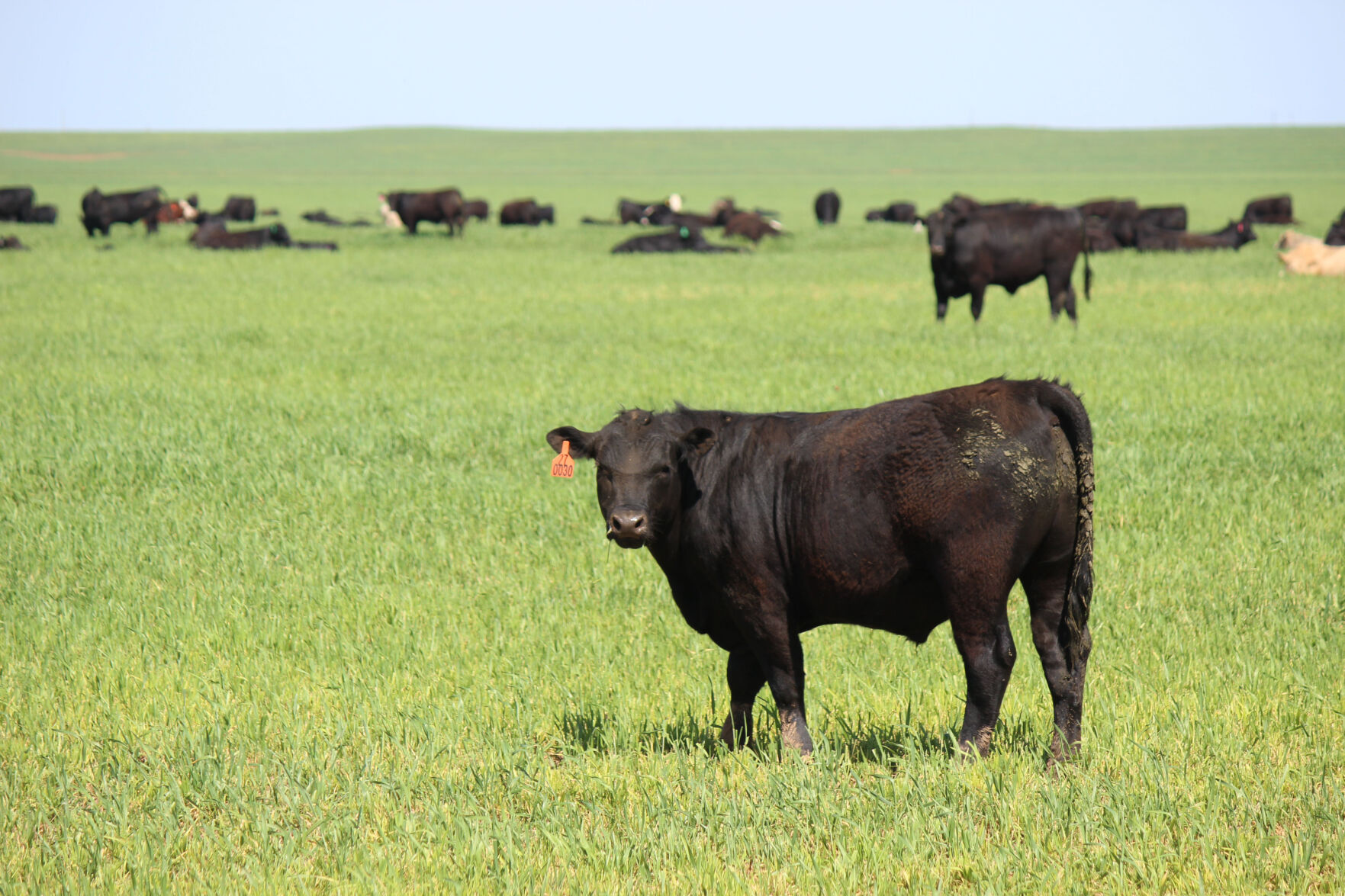“Summer annuals are a good way to add diversity and build pasture stands for the upcoming grazing season,” says Patrick Davis, University of Missouri Extension livestock field specialist. Summer annuals are a tool to improve thin pastures stands, help begin the renovations process and add forage diversity to improve cattle productivity. Davis will discuss some summer annuals that can help improve cattle grazing pastures in the coming months.
“Crabgrass, pearl millet and Sudangrass are summer annual grasses that can be seeded now to strengthen the summer grazing rotation,” says Davis. Furthermore, if plans are to renovate cool-season pastures, pearl millet and Sudangrass are good forages to seed to help begin the spray-smoother-spray renovation process. These forages provide grazing in the summer months to fill in the cool-season grass slump. For more information, look at MU Extension guide G4661 or visit with your local MU Extension agronomy field specialist to discuss proper seeding and establishment of these summer annuals.
“Proper grazing of these forages is important for forage and cattle performance,” says Davis. Graze crabgrass from heights of 3 to 10 inches approximately 30 to 45 days after planting. Graze Sudangrass at a height greater than 24 inches to prevent prussic acid poisoning in cattle. Since pearl millet does not cause prussic acid poisoning in cattle, begin grazing it at a height range of 18 to 30 inches. Graze Sudangrass and pearl millet approximately 45 to 60 days after planting, and do not graze them below 10 inches.
“Nitrate toxicity can be an issue with Sudangrass and pearl millet if there is a summer drought,” says Davis. Consult your local MU Extension livestock field specialist for cattle and forage management strategies to reduce potential nitrate toxicity issues.
“Lespedeza is a summer annual legume that, if seeded in April, can thicken thin cool-season pasture stands and strengthen the pasture grazing rotation during the summer months,” says Davis. This non-bloating legume mixes well with cool-season pastures, is drought-tolerant and helps dilute fescue toxicosis issues, which helps cattle perform better and be more profitable on fescue pastures. Even though lespedeza is an annual, it will come back each year if allowed to reseed itself. Find more information on annual lespedeza in MU Extension guide G4515.
For more information on incorporating summer annual forages into your cattle grazing system for optimum grazing performance during the summer months, contact your local MU Extension agronomy or livestock field specialist.

